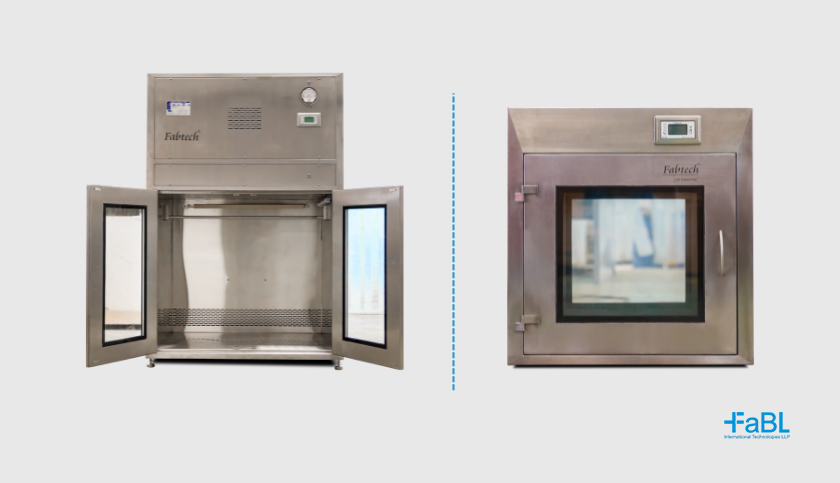What are the ideal properties of a good tablet granulation? Again a very loaded question but a very frequently asked question too. Let us try to identify the ideal properties and try to give them some usable numbers and figures. The properties of a good granulation can be defined as below:
- Flowability
- Optimum Moisture content
- Good compressibility
- Good Particle Size Distribution
- Granule shape and size
Flowability:
Flowability is measured by the Angle of Repose of the granule mix. The angle of repose, or critical angle of repose, of a granular material is the steepest angle of descent or dip relative to the horizontal plane to which a material can be piled without slumping. At this angle, the material on the slope face is on the verge of sliding.
In general, the lower the repose angle is, the better powder flowability is.
Following are good guidelines:
| Flow | Repose Angle (°) |
| Extremely Poor | 66 |
| Very Poor | 56-65 |
| Excellent | 25-30 |
Inter particulate friction to below for good flow, which means that minimal contact, which in turn means granules with Spherical or near Spherical shape
In summation, always a spherical-shaped granule ensures good flow and is thus an ideal property.
Optimum Moisture Content:
This is the residual moisture content found in the tablet granulation after removing excess moisture by the drying process. While too low moisture content may easily lead to soft and break tablets, granules with a higher moisture content will lead to picking and sticking. Excess moisture content may also lead to microbial contamination and may b detrimental to the API stability profile.
Therefore while the ideal moisture content may vary from product to product, a general thumb role would be to fix the moisture content between 1.00 to 2.50% w/w of the granule mix. In some very hygroscopic drug products, the moisture content is kept lower than 1 % too.
Moisture content Vs Water content:
(Word of caution)
Residual moisture content from Granulation is different from Water Content (Water of Hydration of the API), e.g. Monohydrate, Dihydrate etc. This water content cannot be dried off by normal drying and should not be confused with moisture content.
Good Compressibility:
This property gives us an idea of how the granules will perform during the compression process. Ideally, the granules should undergo Plastic Deformation and yield good cohesive and hard tablets under the compression rollers applying Optimum Compression Force. This means that there should be enough porosity in the granules to enable compression of the granules. This will translate into the difference between the poured bulk density and the tapped bulk density of the granules—larger the difference indicating better compressibility.
The formula best expresses compressibility:
Compressibility % = (Tapped density – Poured density / Poured Density) x 100
Ideal values lie between 8% to 25 %
Good Particle Size Distribution:
The best performing granule is always a mix of granules and fines. It is also a fact that a tablet with only granules and very few fines will appear striated and not good looking at all. It may also have less hardness and other undesirable behaviour. The granule mix should follow the Normal Distribution Curve pattern. The average particle size grouping will be maximum, followed by a smaller population of granule s and fines on either side. Suffice to say that a granule mix predominantly of granules and fewer fines may not compress well.
Granule Shape and Size:
It is very important that the granule shape must be spherical or near-spherical regardless of the size of the population of granules/powder. For example, most of the Direct Compression excipients have a very fine size, yet they flow and compress very well. This is owing to the spherical shape of the fine particles. Therefore, most of the processes using a high shear mixer or a Top Spray Granulator focus on obtaining near-spherical granules, which aid flow compresses well and perform better overall!




